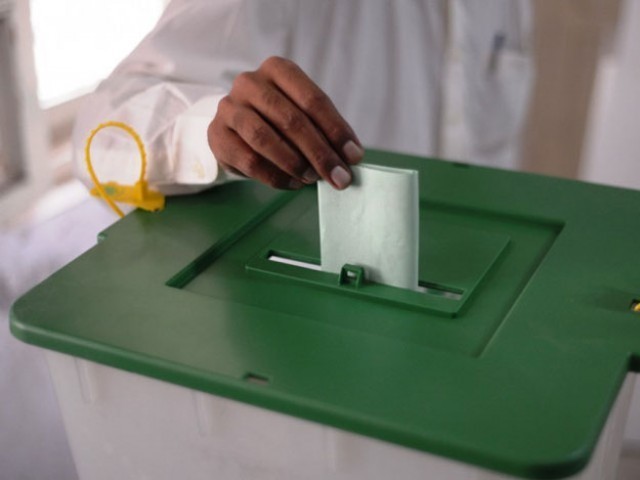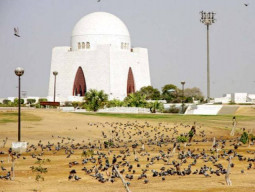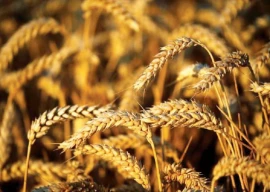
Hyderabad, Mirpurkhas and Nawabshah divisions
Like the previous elections, the first half of the polling duration marked a low percentage of voters making their way to the stations, while the second half witnessed a sudden build up. However, the combined average percentage of the two halves is unlikely to differ from the 2013 turnout in the districts of Hyderabad, Mirpurkhas and Nawabshah divisions.
The demand of several political parties to the Election Commission of Pakistan to extend the polling time by one hour across the board also reflected their concern over a low turnout.
The elections were held on 25 seats of the National Assembly and 54 of the Sindh Assembly in the three divisions. One of the factors which kept the voters at their homes was the hot weather. The mercury was recorded between 38° and 42° Celsius in the districts of the three divisions.
The polling process started on time in an overwhelming majority of the polling stations. However, delays due to absence of polling staff or polling material were also reported from dozens of stations.
Sindh's progressive thinkers condemn alliance with religious groups
In Hyderabad, a comparatively lower turnout was observed in the urban areas than the rural ones. The other districts where the voting percentage appeared lower than the 2013 elections included Thatta, Sujawal, Sanghar and Jamshoro. The turnout remained moderate in Benazirabad, Tharparkar and Umerkot. However, reports suggested that Tando Muhammad Khan witnessed a higher voter ratio than the last elections.
Sukkur and Larkana divisions
Voters of districts in Sukkur and Larkana divisions also generally opted to abstain from voting, due to which the turnout appeared equal or less than the 2013 elections.
Political parties could not build the tempo they used to before in Ghotki, Kashmore, Shikarpur, Jacobabad, Larkana, Sukkur, Khairpur and other districts, said a political worker, Urs Ali. He cited strict enforcement of the ECP's code of conduct and fear of getting disqualified as the main reasons due to which campaigns remained lackluster, which eventually resulted in a low turnout.
Hot and dry weather in upper Sindh also deterred the voters from coming out. The mercury soared to higher than 40° Celsius in some areas, causing people to avoid stepping out of their homes.
Those who go to cast their vote endured hot weather while standing in long queues outside polling booths due to the untrained polling staff and technical issues in voting lists that had been provided to the polling staff by the ECP.
EU observers to share election findings on Friday
The turnout was recorded around 55% in several polling stations. Turnout of female voters was even lower. The turnout in rural areas was recorded more than in urban towns.
"Basic facilities were not provided to voters and many polling stations in rural areas remained deprived of electricity," said one of the angry voters, who asked not to be named.
The polling in majority of the areas started on time and continued for 10 hours. The doors of polling stations were closed at 6pm, after which, no one was not allowed to enter.
However, voters standing in queues who had entered the polling stations' premises before 6pm were allowed to cast their votes. "I'm fortunate that I reached the polling station a few minutes before the ending time," said a voter who was waiting in a long queue for his turn.






































COMMENTS
Comments are moderated and generally will be posted if they are on-topic and not abusive.
For more information, please see our Comments FAQ